(Last Updated on October 9, 2025 by Henry)
If you’re a martial artist, you know your hands are more than just tools; they’re your primary weapons. A strong grip holds the key to applying effective techniques, whether you’re grappling with an opponent or delivering a decisive blow. In this guide, we explore why developing a formidable grip is integral to martial arts mastery and how it can elevate your performance within the dojo & beyond.
- Learn how to unveil the hidden power in your hands
- Know how grip strength fuels martial arts mastery
- Why a warrior’s grip simply makes all the difference
- From grappling to striking: the universal need for a strong grip
- Avoiding injury and enhancing techniques through grip training
- Crushing the competition with your hand power
- The art of the pinch: holding on to an edge in combat
- Building an unyielding grip for endurance and control
Grip strength isn’t a flashy skill, but it’s the silent force that can shift the balance of power in your favor. It’s about the subtle control during a wrist lock, the firm handling of a weapon, and maintaining your hold when it feels like your fingers might just give out. I’m going to break down the nuances of this essential ability and provide actionable steps to strengthen your grip, ensuring you can cling to victory, literally, in your martial arts journey.
And it’s not just about the power in your punches or the firmness of your holds. Strong hands and forearm muscles are your first line of defense against common injuries in martial arts. By incorporating grip training into your routine, you’ll build resilience in your tendons and ligaments, bolstering your body’s ability to withstand the stresses of combat.
Now, let’s explore the significance of grip strength in martial arts, lay down the foundation of grip types, and delve into the exercises that will prepare your muscles for the rigors of training and competition. With dedication and regular practice, you’ll notice significant improvements not just in your grip, but in every aspect of your martial artistry.
Why Is Grip Strength Important in Martial Arts?
If you’re a martial artist, the strength of your grip isn’t just about handshake etiquette; it’s a cornerstone of your performance. A robust grip goes far beyond the ability to crush an opponent’s hand. In the dojo or on the mat, the power of your grasp could be the deciding factor between holding your ground and facing defeat.
Consider the scenario: your opponent’s wrist is within your reach. It’s a moment ripe for control, but without a strong grip, they might as well be coated in oil. Every martial art form, from BJJ to Kendo, requires moments where your grip directs the outcome. In strikes, blocks, and clinches, it’s your handshake with victory. But if you think about it, grip strength is more than just offensive and defensive prowess.
A solid grip dissipates energy along your arm, sparing your joints from damaging impact forces and overstrain. Injury prevention is another silent yet critical benefit of reinforcing your grip.

Picture this: you launch for a powerful strike, but your weak wrist buckles under the pressure, sidelining you with injury. This scenario is avoided with a grip that’s been tempered like steel through dedicated training.
Furthermore, an ironclad grip builds a foundation for intricate techniques and maneuvers, turning your hands into tools of precision during competition.
Harnessing grip strength isn’t an overnight feat. It involves systematic training geared toward different aspects of grip: crushing, pinching, and supporting. Each type has its own role in making you not just a martial artist, but an immovable force.
What Types of Grip Strength Matter Most for Fighters?
You might not give it much thought, but your success as a martial artist could very well hinge on the strength in your hands. In the arena of combat sports, there are essentially three types of grips that play pivotal roles. Let’s dissect each one and understand its significance in martial arts.
First, the CRUSHING GRIP. This is about the power you exert when closing your hand, think of making a fist, or performing a handshake. It’s critical when you want to maintain a strong hold on an opponent’s gi in judo or secure a dominant grip in wrestling.
Next, we have the PINCHING GRIP. This is the type of grip you use when you have to hold onto something with just your fingertips and thumb, like grabbing onto an opponent’s wrist or clutching a training pad. It’s all about thumb strength, which often goes overlooked, but it’s a game-changer in close-quarter combat.
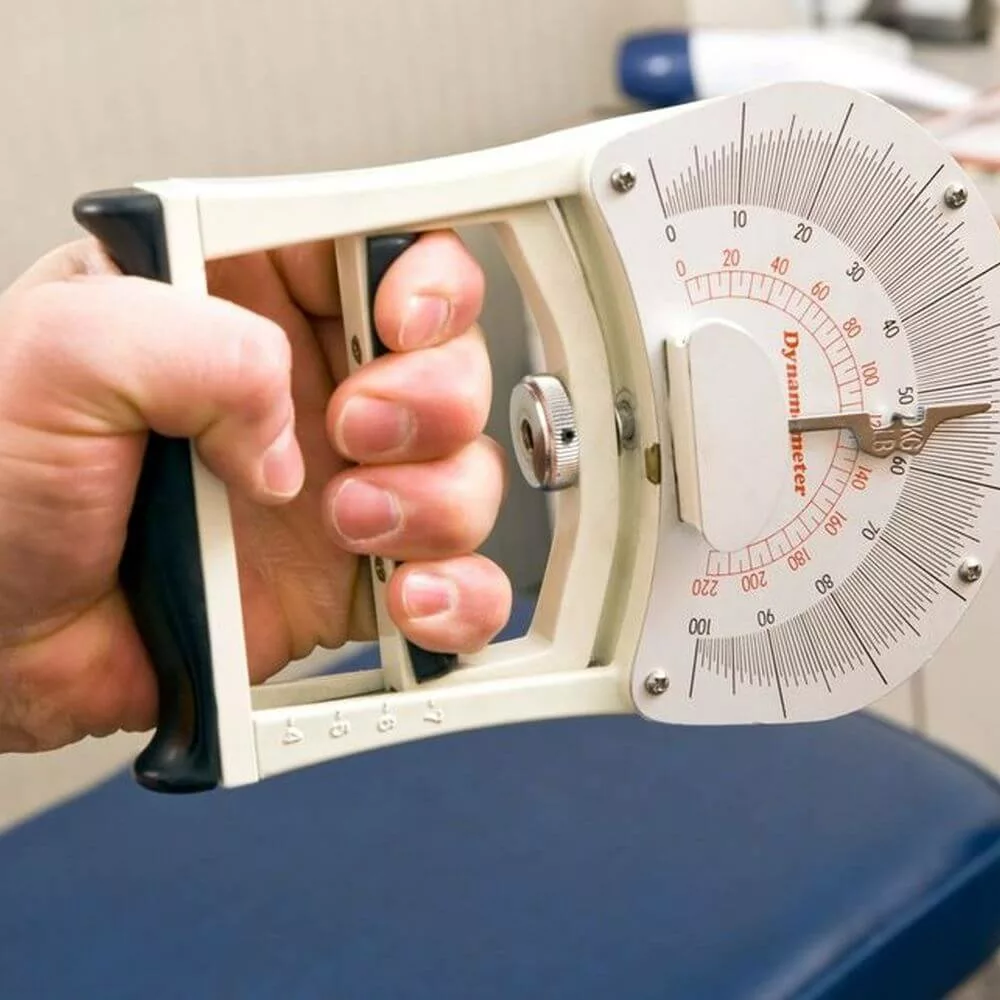
Crush Grip Training: Best Exercises & Tools for Stronger Hands
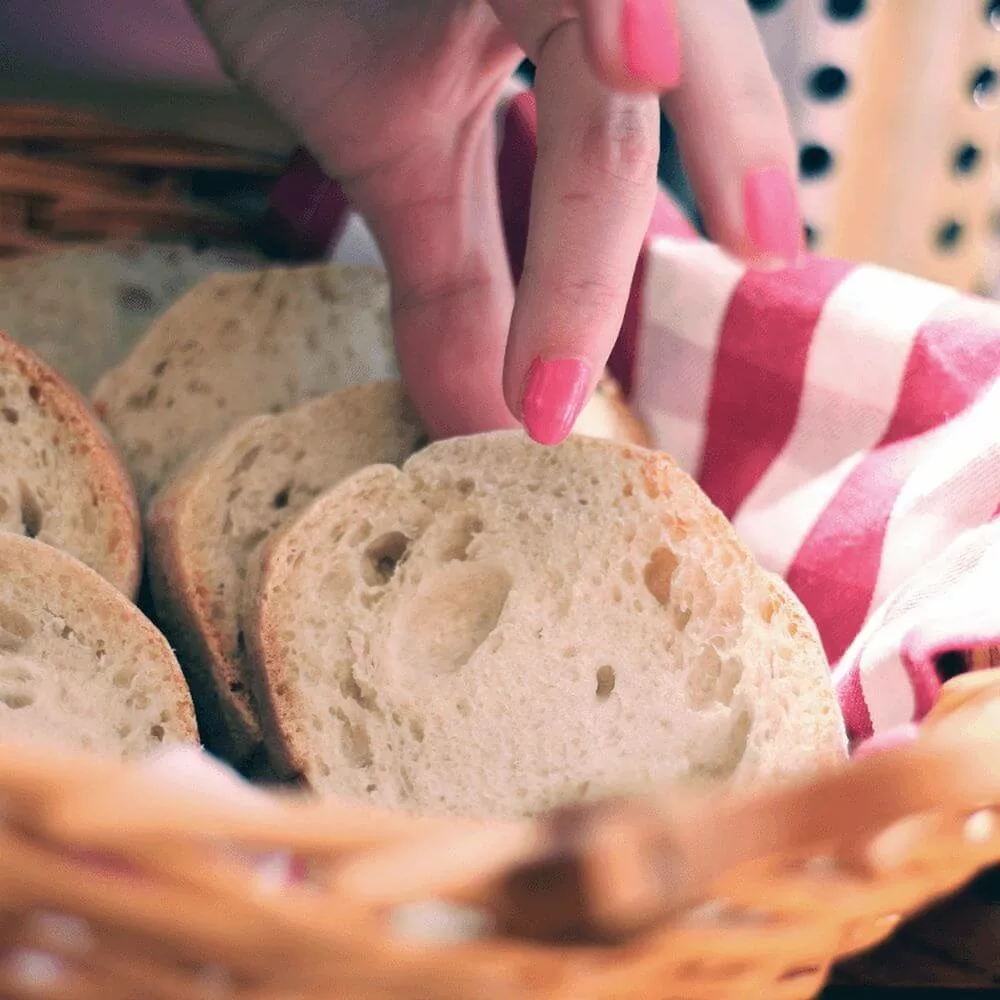
Pinch Grip Training: Proven Exercises & Tools to Boost Thumb Strength

Support Grip Training: Build Endurance & Lift Heavier Safely
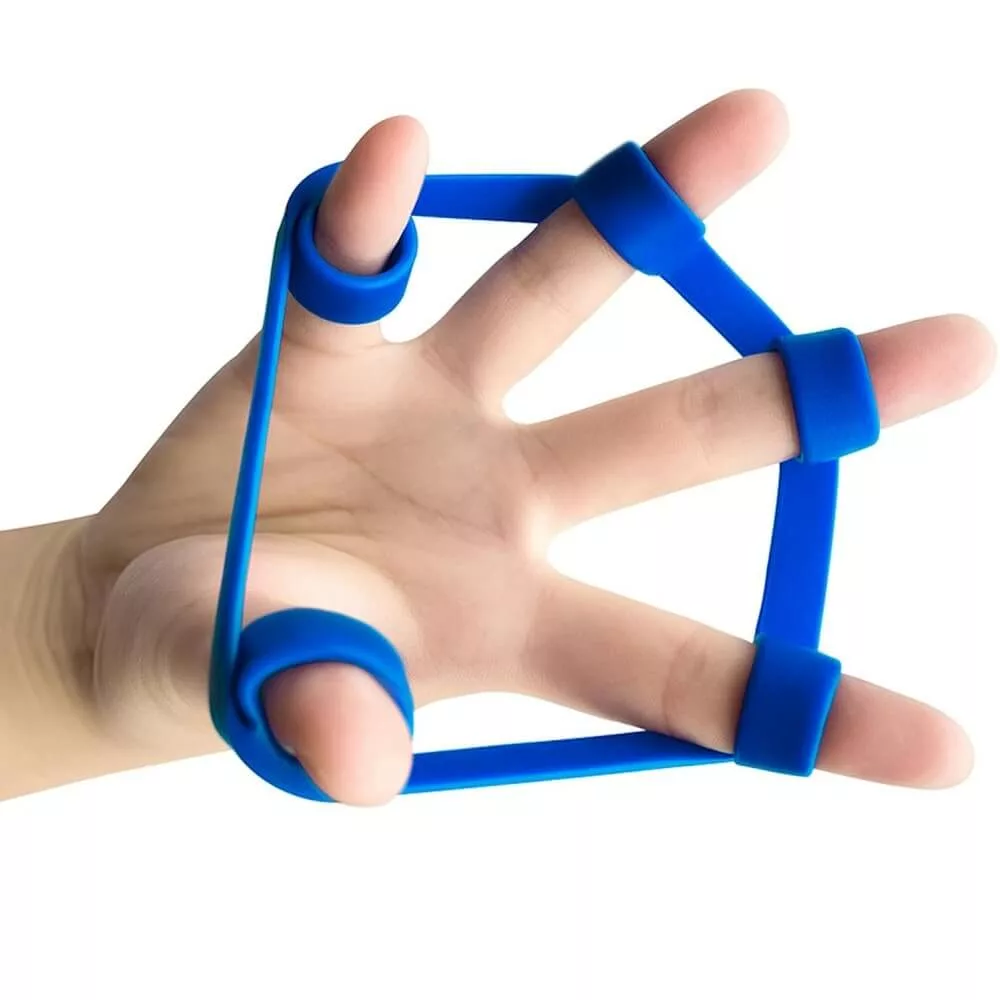
Finger Extensor Training: Prevent Hand Pain & Build Balance
Lastly, there’s the SUPPORT GRIP. This is the grip you maintain over a longer period, like when you’re clinging to an opponent’s arm during a submission attempt in Brazilian Jiu-Jitsu or hanging onto a pull-up bar.
It may not sound as glamorous, but it’s the marathon runner of grips, vital for outlasting your opponent.
With each grip type offering unique advantages, recognizing and training them individually can significantly boost your martial arts abilities.
By honing these three grip styles, you’ll be better equipped to execute your techniques with precision and strength.
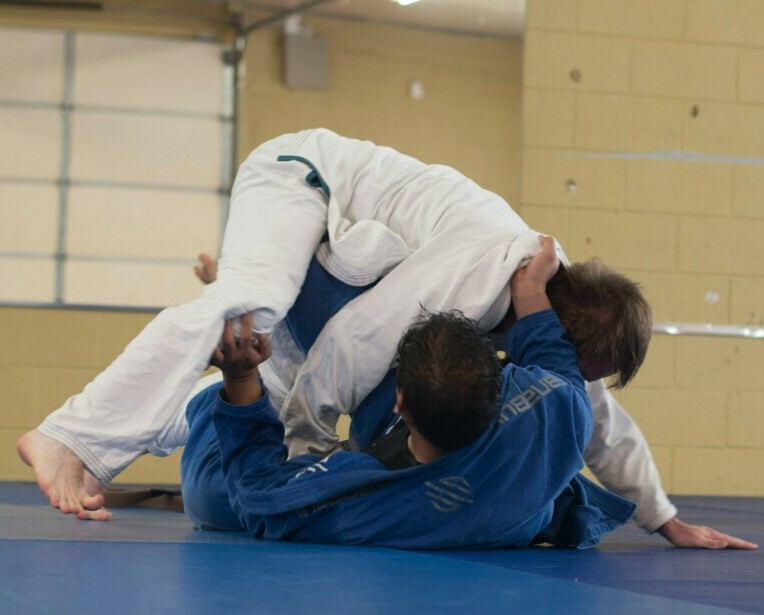
How Should Martial Artists Warm Up for Grip Training?
Picture yourself in the dojo, ready to refine the weapon that is your body. Your grip is an essential tool in this arsenal, and as any seasoned martial artist knows, preparation is key. Before diving into the intense grip-strengthening routines, it is crucial to ensure your hands and forearms are warmed up effectively. This not only optimizes performance but also minimizes the risk of injury.
Begin with exercises targeting your finger flexors and extensors. This can be as simple as using a stress ball: squeeze it firmly, hold it for a moment, and then fully release it. The action of squeezing and releasing improves blood flow and prepares the muscles for the strenuous work ahead. It’s a simple yet impactful beginning.
Next, bring in elastic bands for finger extensions. Place the band around all five fingers, and expand them outward against the band’s resistance. Aim for controlled movements and a full range of motion. This contrast – squeezing and extending – enhances the muscles’ responsiveness and strength from all angles.
The warm-ups may seem trivial, but neglect them, and your performance could suffer, along with your risk of injury rising. It’s the simple, disciplined steps that lay the foundation for a martial artist’s power. Now warmed up, we advance to the main act where we channel that power into foundational grip-strengthening exercises.
What Are the Best Core Grip Strengthening Exercises?
A martial artist knows that true strength often lies in the details. In this case, the focus is on the hands. Grip workouts aren’t just supplementary; they’re essential. They underpin every technique from holds to throws. To fortify this foundation, I’ll cover three types of exercises: for your crushing grip, for your pinching grip, and for what’s called a support grip.
Let’s first tackle the crushing grip. This is your ability to close your hands with force. Think of making a fist or squeezing a handle. One of the best tools for this purpose is hand grippers. They come in different resistance levels and are ideal for progression. When starting with grippers, it’s important to find your baseline: one you can press comfortably for a set of 10. To progress, increase the resistance or the number of repetitions incrementally.

- Rise through the ranks with crushing grip exercises
- Chiseled grips: pinching power in the palm of your hands
- The support grip: your unspoken ally in sustained combat
- Elevate your grip game with innovative exercises
- Propel your martial prowess with specialized gripping gear
- Custom grip exercises for the grappling gi warriors
- Forge the fists of a striking artist: specific training drills
Another great exercise is towel grip pull-ups. Replace the bar with a thick towel. As you pull yourself up, the towel’s instability and thickness will force your hands to work harder, strengthening that crush. If pull-ups are a step too far initially, begin with towel hangs and gradually introduce pull-ups as your grip solidifies.
For something that doesn’t involve gym equipment, dead hangs are a go-to. Simply hang from a pull-up bar, focusing on maintaining a firm grip. Start with short intervals and work toward longer durations. Over time, this seemingly simple task can dramatically boost your grip endurance.
The pinching grip is next. This is crucial for grappling and involves your thumb in opposition to your other fingers, like pinching a judogi or catching a wrist. Strengthen it with plate pinches, where you hold weight plates between your thumb and fingers. Start with lighter plates and build to heavier ones, focusing on maintaining total contact between your fingers and the plates.
If you have access to a pinch block, that’s another excellent option. Holding the block for time will not only improve your pinch strength but also your hand’s overall muscularity. Finally, finger curls with dumbbells, flexibility, and by extension, resilience against injuries.
Building the support grip is often overlooked, but it’s vital. It’s the type of grip endurance you’d need during a prolonged grappling bout. Farmer’s walks are phenomenal for this. Pick up a pair of heavy dumbbells or kettlebells, hold them at your side, and walk. It’s simple, yet taxing for the hands and forearms.
What about movements specific to grip? Enter deadlifts with thick bars, or you can use regular bars with a towel wrapped around them. The challenge of wrapping your hands around a wider circumference translates into superior grip strength. And don’t forget rope climbing, which is not only a full-body workout but a brilliant way to build a grip as hard as steel.
Which Advanced Grip Tactics Can Improve Performance?
Once you’ve developed a foundational grip through core exercises, it’s time to elevate your strength with advanced techniques designed to challenge and boost your gripping capabilities. As a martial artist, the nuances of these exercises will resonate with your constant pursuit of skill refinement and peak performance. Think of these advanced exercises as the black belt level of grip training, catering to those who seek to tower above the ordinary.
Fat Grip Training is an excellent starting point. This method involves enlarging the diameter of your training equipment handles, often using thick bars or fat grip attachments. The increased circumference forces your hands to work harder and activates more muscle fibers in your forearms. Begin by implementing fat grip attachments into dumbbell exercises and gradually progress to more complex movements as your strength improves.
Another technique, Lever Lifts, incorporates the use of sledgehammers or specialized levers. By holding the handle closer to the head, you create less resistance. As your control increases, gradually move your grip further away to increase difficulty. This kind of training is especially beneficial, as it closely simulates the leverage found in martial arts, where your hands must often manage and manipulate the weight and force of an opponent or a weapon.
Wrist Rollers round out the advanced grip-strengthening arsenal. Construct one by securing a string to a bar and attaching a weight to the other end. Roll the bar to wind the string and lift the weight, then slowly unroll it back to the start. This simple yet exhausting exercise targets the wrist and forearm extensors and can lead to significant gains in wrist strength and endurance.
Transitioning to the next section, remember that the point isn’t just to have brute hand strength; it’s about having a functional grip that improves your effectiveness in your chosen martial art. After pushing the boundaries with these advanced exercises, specificity becomes crucial. You’ll want to tailor your grip training to mimic the fight scenarios you face.
How Can You Tailor Grip Training to Your Martial Art?
Different martial arts place varying demands on your grip. Conditioning your hands for the specific challenges of your discipline is crucial to enhancing your performance. Let’s explore how to align your grip-strengthening exercises with the martial arts you practice.
If your martial art revolves around the gi, such as in Judo or Brazilian Jiu-Jitsu, you need a grip that can withstand and manipulate the heavy fabric. Gi pull-ups are a stellar way to mimic the act of gripping an opponent’s gi in competition.
To perform a gi pull-up, drape a gi over a pull-up bar, grab each lapel firmly, and execute pull-ups as usual. This exercise will not only boost your grip strength but also condition your fingers to the unique texture and resistance of a gi.
Gi row variations can also be incorporated into your routine. These mimic the motions of pulling an opponent closer during a fight. Secure the gi around a sturdy object and perform rows, replicating the pulling motion essential to your martial art.
On the other side of the spectrum, if you practice a striking art like Boxing or Muay Thai, your focus will be slightly different. Here, the strength of your wrist is as important as the grip itself.
Incorporating heavy bag gripping drills can help. Grasp different parts of the heavy bag tightly, mimicking the act of clinching an opponent. It’s a simple yet effective way to enhance your grip and wrist stability.
Wrist strengthening exercises, such as wrist curls and wrist extensions with dumbbells or resistance bands, will support the health of your wrists, ensuring they can withstand the impact of your strikes.
While each martial art demands unique grip and wrist conditioning, integrating these sport-specific exercises will give you the edge you need. Not only will you strengthen your grip, but you will also fine-tune the muscles and tendons that are most engaged during your martial arts training.
What Are the Best Recovery Methods After Grip Training?
After putting your grip through a rigorous workout, your muscles scream for relief. That’s where cool down and recovery step in: they are not just a luxury; they’re a necessity.
Stretch your fingers and wrists after each session. Hold each stretch for about 30 seconds to avoid stiffness and enhance flexibility. Splaying your fingers wide and then curling them into a fist, moving through the full range of motion, is simple yet effective.
For tired muscles, massage and myofascial release can work wonders. Techniques like self-massage with a lacrosse ball or forearm plunges in warm water help release tension and improve circulation, speeding up the recovery process.
Remember, recovery isn’t just about immediate relief; it’s about ensuring longevity in your martial arts practice. Incorporate these techniques consistently to sustain your grip strength over time.
How Does Discipline Help Build Long-Term Grip Power?
After journeying through various techniques and exercises to enhance grip strength, it’s clear that the hands hold a key to unlocking new levels of martial arts proficiency. A strong grip is more than just a firm handshake; it’s the cornerstone of superior technique, control, and power in the dojo.
Whether you’re a seasoned martial artist or just starting, improving your grip strength is instrumental in elevating your performance. It not only prevents injuries but also paves the way for executing techniques with greater precision and confidence.
Training your grip requires patience and persistence. Progression should be gradual to avoid overtaxing your muscles and tendons. Balance is essential – work hard but respect the limits of your body and remember the importance of rest.
Ingrain these exercises into your regular regimen and monitor your progress. Over time, you’ll notice a remarkable transformation in both your grip strength and martial arts capabilities. The benefits are evident, not just on the mats or in the ring, but in every action that demands the power of your grip.
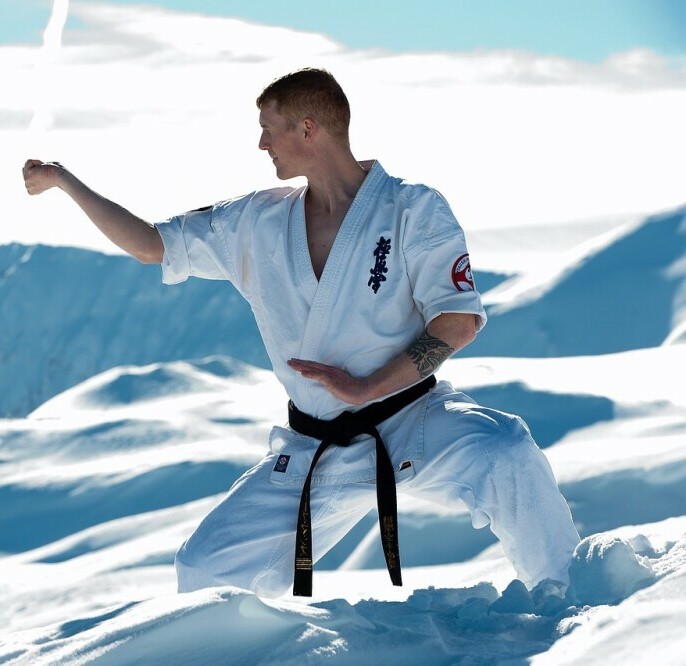
Keep the fire of practice burning and continuously challenge yourself. As your grip strengthens, so too will your resolve. Harness the power of your hands and watch as they elevate your martial artistry to extraordinary heights.
Thanks for Stopping By
Have Questions?
Please Leave A Comment

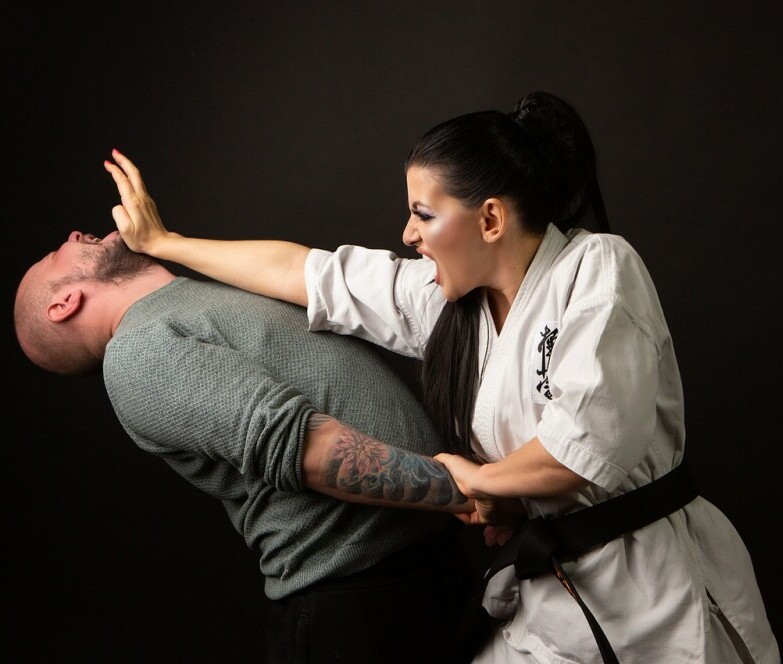
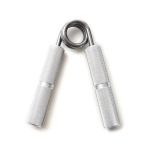
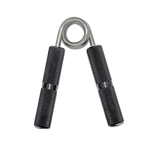
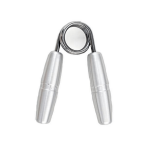
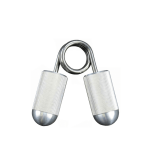
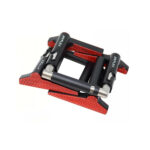
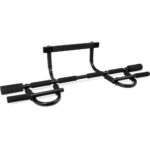
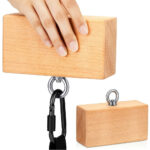
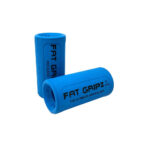

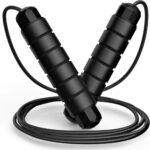
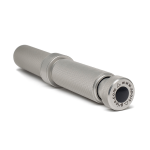
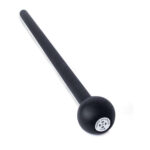
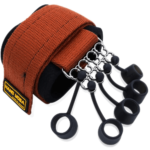
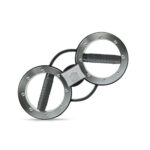


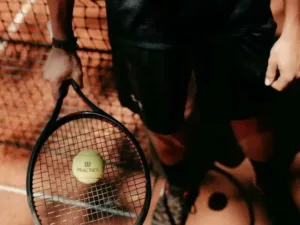


I must say, this collection of grip-strengthening exercises for martial artists is truly remarkable! As someone deeply passionate about martial arts, I highly appreciate the comprehensive range of exercises and techniques provided in this article. From hand grip exercises to forearm workouts, this guide covers it all, offering valuable resources to enhance grip strength and overall performance.
**I do have a couple of questions:**
1. Are there any specific exercises or techniques recommended for martial artists who specialize in grappling or Brazilian Jiu-Jitsu?
2. How frequently should these grip-strengthening exercises be incorporated into a training routine to see noticeable improvements?
Thank you for sharing these valuable insights and resources. This article is a must-read for any martial artist looking to improve their grip strength and take their skills to the next level. Great job!
Marios
Hi Marios,
Thank you so much for your kind words! I’m thrilled to hear that you found the collection of grip exercises valuable and comprehensive. I recommend to focus on these specific exercises for grappling or brazilian Jiu-Jitsu:
Finger curls: This exercise is great for developing the strength required for gripping your opponent’s gi or limbs.
Towel pull-ups: By using a towel draped over a pull-up bar, you can simulate the grip needed for various grappling techniques.
Rice bucket training: Plunging your hands into a bucket of rice and performing various movements can enhance your grip endurance and finger strength, which are crucial for grappling.
For noticeable improvements, it’s generally recommended to incorporate grip-strengthening exercises into your routine 2-3 times per week. However, it’s important to listen to your body and avoid overtraining. Gradually increase the intensity and volume of your exercises as your grip strength improves.
Thank you again for your thoughtful comments and questions. I’m glad to know that this guide has been helpful to you and other martial artists aiming to improve their grip strength. Keep up the great work with your training, and feel free to reach out with any more questions!
Best,
Henry